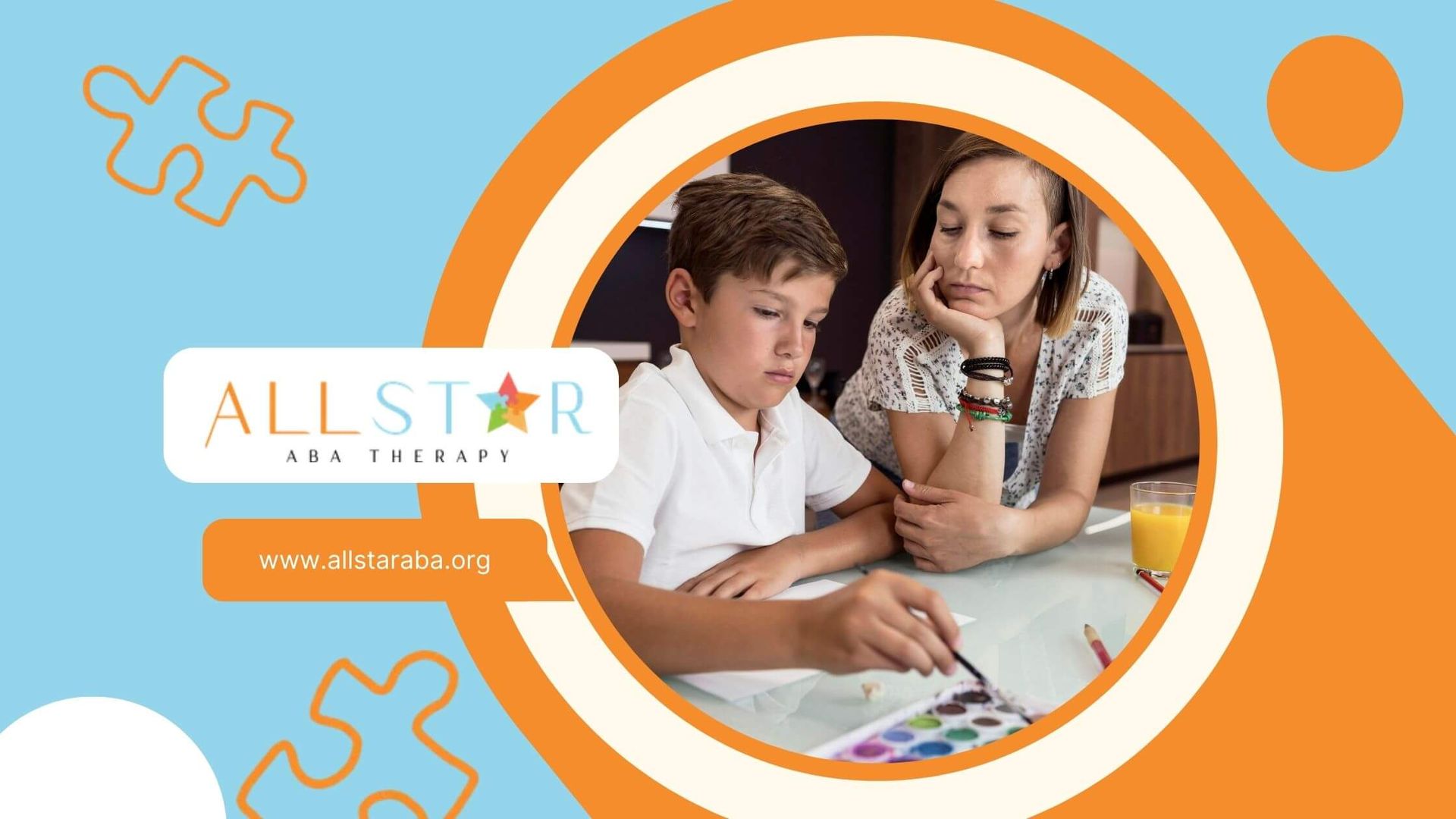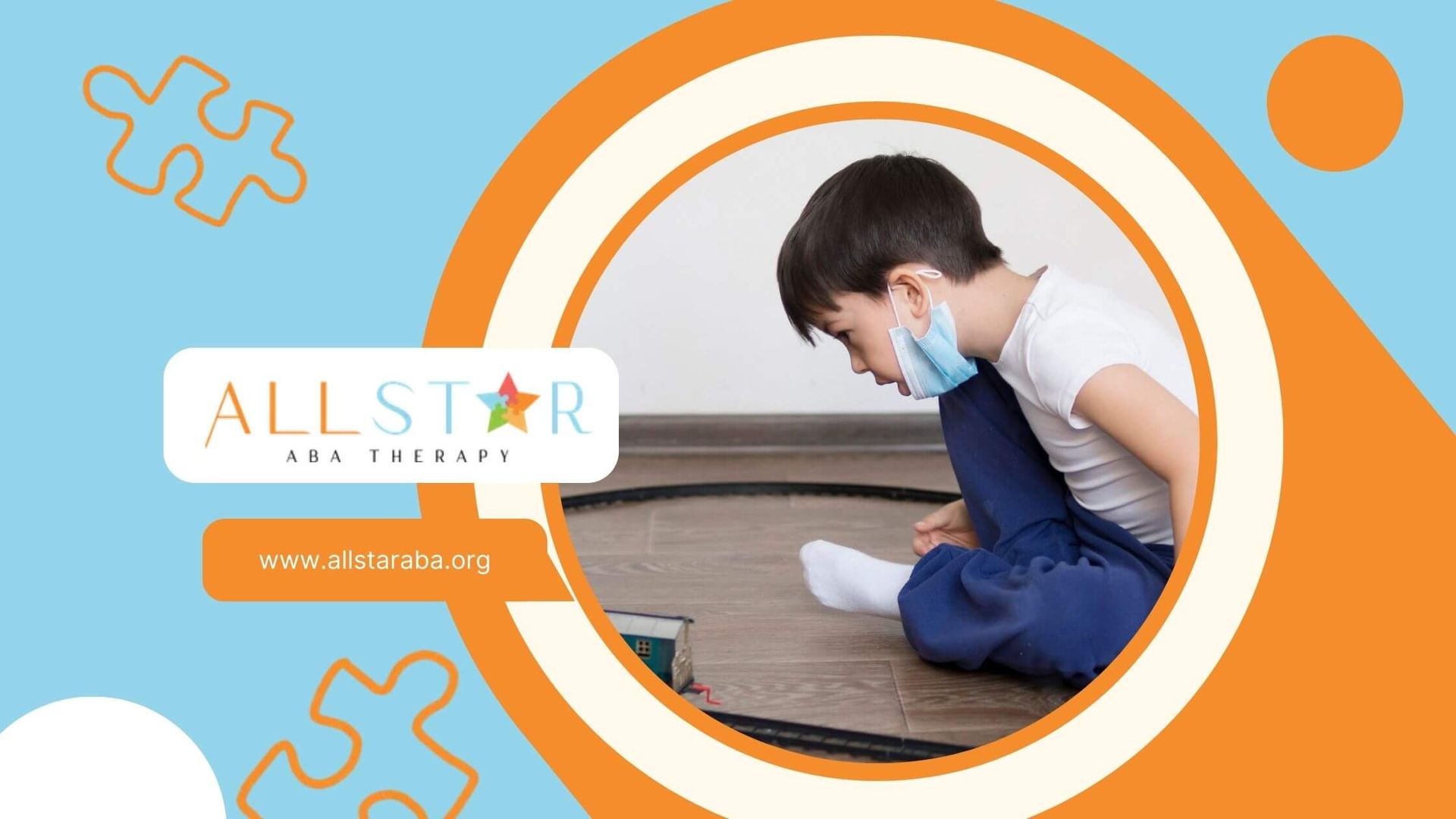New Paragraph
Understanding RBT Certification Levels for Career Growth
Understand RBT Certification
Role Of An RBT
A
Registered Behavior Technician provides direct applied behavior analysis support under the supervision of a
Board Certified Behavior Analyst (BCBA). RBTs collect data on client responses, implement behavior-reduction and skill-acquisition plans, and monitor progress toward individualized goals. The credential ensures consistent service delivery and safeguards client well-being through standardized training and oversight.
Eligibility Requirements
Before beginning training, an applicant must meet these prerequisites:
- Be at least 18 years old
- Hold a high school diploma or equivalent
- Pass a background check free of disqualifying offenses
- Demonstrate integrity and commitment to ethical practice
Meeting these criteria confirms readiness for the next steps in the credentialing process.
Navigate Certification Steps
Complete 40-Hour Coursework
RBT coursework covers six task-list areas, including measurement, assessment, and intervention. Topics often include:
- Principles of behavior analysis
- Data collection methods
- Ethical guidelines and client rights
- Skill development procedures
Many providers offer online and in-person formats. Technicians should choose a BACB-approved course to guarantee alignment with credential requirements.
Pass Competency Assessment
After training, a BCBA must conduct an in-person competency assessment. This practical exam evaluates skills such as:
- Implementing behavior-intervention plans
- Recording and presenting data accurately
- Conducting preference assessments
- Maintaining professional boundaries
Successful demonstration of each task confirms readiness for the certification exam.
Pass The RBT Exam
The final step is passing the RBT certification exam, a multiple-choice test that draws on the BACB RBT Task List. It assesses knowledge across six content areas:
- Measurement
- Assessment
- Skill Acquisition
- Behavior Reduction
- Documentation and Reporting
- Professional Conduct and Scope of Practice3
Technicians receive results immediately and can retake the exam if needed, ensuring mastery before full certification.
Maintain Your Credential
Renewal Timeline
RBT certification must be renewed annually to remain active. Key dates include:
- 45 days before expiration: Review renewal requirements
- 30 days before expiration: Submit the renewal application
- Grace period up to 30 days after expiration: Renew without a late fee
Timely renewal prevents service interruptions and maintains adherence to professional standards.
Continuing Education Units
To qualify for renewal, each RBT must complete at least 12 continuing education units (CEUs) per year. CEUs can be earned through:
- Workshops and conferences
- Online training modules
- In-service professional development sessions
Providers commonly charge between $10 and $50 per credit hour. Earning relevant CEUs ensures technicians stay current on evidence-based practices.
Plan Advancement Opportunities
Pursue BCBA Certification
Many RBTs aim to become Board Certified Behavior Analysts to expand their scope of practice and assume supervisory roles. BCBA requirements typically include:
- A relevant graduate degree
- Supervised fieldwork hours
- Passing the BCBA examination
- Meeting ethics and continuing education standards
This transition enhances clinical autonomy and often results in higher compensation.
Attain Doctoral Credentials
For those pursuing academic or high-level leadership positions, the BCBA-Doctoral (BCBA-D) credential represents the pinnacle of professional achievement. Candidates must hold active BCBA certification, complete a doctoral degree, submit research contributions, and maintain 32 CEUs every two years, including four ethics hours.
Leverage Practical Experience
Specialize In Autism Services
RBTs often work with individuals on the autism spectrum. By focusing on specialized interventions—such as Verbal Behavior Therapy or Natural Environment Teaching—technicians can develop expertise that differentiates them in the job market. Specialization also benefits families by delivering more tailored support.
Seek Supervisory Roles
As experience grows, RBTs may assist with training new technicians or lead small teams under BCBA oversight. Serving as an RBT supervisor or requirements coordinator provides leadership experience and demonstrates readiness for advanced certification pathways.
Evaluate Career Impact
Salary And Demand
Compensation for
RBTs varies by experience and region. A recent analysis shows:
| Experience Level | Average Annual Salary |
|---|---|
| Entry Level | $47,000 |
| Mid Career | 54,000 |
| Experienced | 66,000 |
In certain high-paying states such as Hawaii, California, and Massachusetts, experienced technicians can exceed $66,000 per year.
Future Trends In ABA
The demand for behavior-analytic services is projected to grow between 12 and 22 percent over the next decade. RBT positions classified under psychiatric technicians and aides are expected to increase by 9 percent from 2021 to 2031. This upward trend underscores the value of early credentialing and ongoing professional development in behavior analysis.
Conclusion
RBT certification involves a structured pathway of training, assessment, and examination that equips technicians to deliver quality behavior-analytic services. Annual renewal and CEUs safeguard ongoing competence. For career growth, RBTs can pursue BCBA and BCBA-D credentials, specialize in autism interventions, or assume supervisory roles. With competitive salaries and strong job demand, investing in each stage of the credentialing process promotes professional advancement and better outcomes for families and individuals with autism.
At All Stars ABA, we believe that every stage of your RBT journey matters. From initial certification to long-term career advancement, our team is here to guide you with expert supervision, flexible training options, and a commitment to excellence in autism care. Whether you're an ABA therapist in Maryland seeking growth, a parent looking for skilled professionals, or an educator collaborating with ABA teams, we help RBTs become leaders in the field.
Take the next step and contact us today!
Frequently Asked Questions
What are the steps to become a Registered Behavior Technician (RBT)?
To become an RBT, you must complete a 40-hour training course, pass a competency assessment, and successfully take the RBT exam administered by the BACB.
How often do RBTs need to renew their certification?
RBTs must renew annually by completing continuing education units (CEUs), maintaining supervision, and submitting renewal documentation through the BACB portal.
What career paths are available after becoming an RBT?
RBTs can pursue roles such as Lead RBT, specialize in autism-focused interventions, or work toward BCBA or BCBA-D credentials for supervisory and clinical leadership positions.
SOURCES:
https://www.advancedautism.com/post/rbt-renewal-application
https://centralreach.com/blog/rbt-certification/
https://research.com/careers/aba-certification-explained-rbt-b-ca-ba-bcba-bcba-d
https://www.bacb.com/rbt/
https://beacna.com/rbt-career-path/
Need Support?
We're Here to Help!
Our experienced team is ready to assist you. Reach out today to discuss how we can support your child's development and well-being.
Get started with expert ABA therapy today.








